Home>Storage & Organization>Closet & Wardrobe Organization>How To Organize Clothes Without Closet
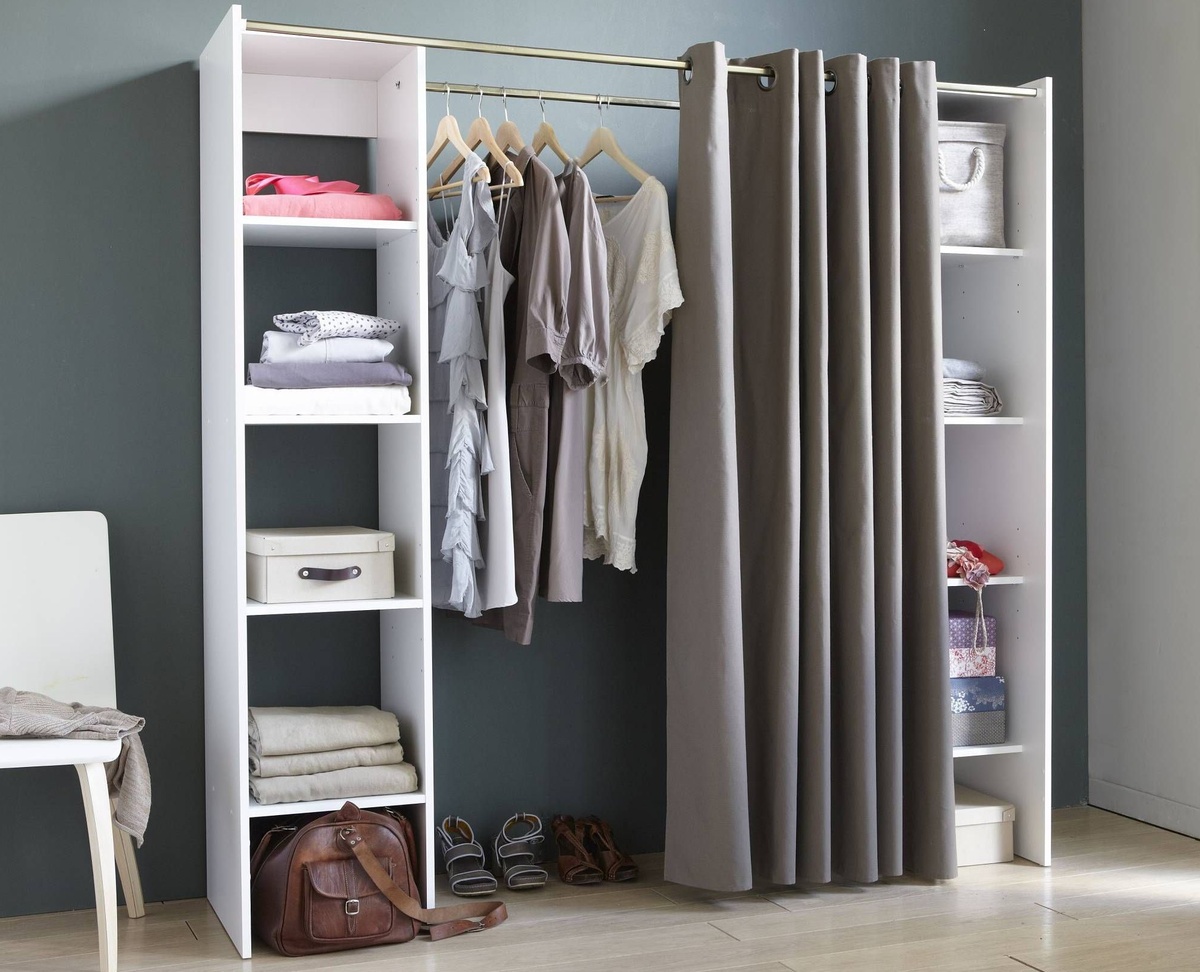

Closet & Wardrobe Organization
How To Organize Clothes Without Closet
Published: March 2, 2024
Learn how to organize your clothes without a closet and maximize your wardrobe space with our expert tips. Discover efficient closet and wardrobe organization ideas now!
(Many of the links in this article redirect to a specific reviewed product. Your purchase of these products through affiliate links helps to generate commission for Storables.com, at no extra cost. Learn more)
Utilizing Underbed Storage
One of the most underutilized spaces in a bedroom is the area under the bed. It's a perfect spot to store off-season clothes, extra linens, and other items that you don't need to access every day. Here are some creative ways to make the most of this space:
-
Underbed Storage Bins: Invest in some low-profile storage bins or drawers that can easily slide under your bed. These are perfect for storing items like sweaters, blankets, and shoes. Look for bins with wheels for easy access.
-
Vacuum-Sealed Bags: If you're tight on space, consider using vacuum-sealed bags to store bulky items like winter coats or extra bedding. These bags compress the contents, making them flat and easy to slide under the bed.
-
DIY Underbed Storage: Get crafty and create your own underbed storage solution. You can repurpose old dresser drawers, build wooden crates, or even attach wheels to shallow plastic containers to create custom underbed storage that fits your space perfectly.
By utilizing the space under your bed, you can free up valuable closet space and keep your bedroom clutter-free.
Key Takeaways:
- Make the most of underbed storage by using bins, vacuum-sealed bags, or DIY solutions. This frees up closet space and keeps your bedroom clutter-free.
- Create a capsule wardrobe with versatile, high-quality pieces that reflect your personal style. Rotate seasonal items and use accessories to add variety to your outfits.
Read more: How To Organize Closet Without Shelves
Creating a Capsule Wardrobe
A capsule wardrobe is a curated collection of essential clothing items that don't go out of fashion. It's all about quality over quantity, focusing on versatile pieces that can be mixed and matched to create a variety of outfits. Here's how to create a capsule wardrobe to help you organize your clothes without a closet:
-
Assess Your Style: Start by assessing your personal style and the types of clothing you feel most comfortable in. Consider your lifestyle, the climate you live in, and the activities you regularly engage in. This will help you determine the essential pieces that should be included in your capsule wardrobe.
-
Choose Versatile Pieces: Select timeless, versatile items that can be easily mixed and matched. This includes classic pieces like a tailored blazer, a white button-down shirt, a little black dress, a well-fitting pair of jeans, and neutral-colored tops and bottoms.
-
Quality Over Quantity: Invest in high-quality clothing that will stand the test of time. Look for well-made pieces that are durable and made from quality fabrics. While the initial cost may be higher, the longevity of these items will save you money in the long run.
-
Seasonal Rotation: To accommodate different seasons, consider rotating your capsule wardrobe every few months. Store off-season items in underbed storage or vacuum-sealed bags, and swap them out as the weather changes.
-
Accessories Matter: Accessories can add variety to your outfits without taking up much space. Include a few versatile accessories like scarves, belts, and jewelry to complement your capsule wardrobe.
By creating a capsule wardrobe, you can streamline your clothing collection, reduce clutter, and make the most of limited storage space. This approach encourages mindful consumption and helps you build a wardrobe that truly reflects your personal style and needs.
Using Freestanding Clothing Racks
Freestanding clothing racks are a versatile and practical solution for organizing clothes without a closet. They come in various styles, sizes, and materials, making them suitable for different spaces and storage needs. Here's how you can make the most of freestanding clothing racks:
-
Double-Rod Racks: Opt for a double-rod freestanding clothing rack to maximize hanging space. These racks typically feature two levels of hanging rods, allowing you to hang shorter items like shirts and skirts on the top rod and longer items like dresses and coats on the bottom rod.
-
Adjustable Shelves: Look for freestanding racks with adjustable shelves. These shelves provide additional storage for folded clothes, shoes, and accessories. You can customize the shelf heights to accommodate different items, making the most of the vertical space.
-
Rolling Racks: Consider a freestanding clothing rack with wheels for easy mobility. This feature allows you to move the rack around the room or even between rooms, making it convenient to reorganize your space or access your clothes from different areas.
-
Stylish Display: Freestanding clothing racks can also serve as a stylish display for your favorite clothing pieces. Use them to showcase your most-worn items, statement pieces, or a color-coordinated collection of clothes. This not only adds a decorative touch to your room but also makes it easier to see and access your favorite items.
-
Temporary Storage Solution: If you're renting a space or don't want to commit to installing permanent storage solutions, freestanding clothing racks offer a temporary and non-invasive option. They can be easily assembled and disassembled, making them ideal for temporary living situations.
By incorporating freestanding clothing racks into your bedroom or living space, you can create a functional and visually appealing storage solution for your clothes, without the need for a traditional closet.
Use a clothing rack or a freestanding wardrobe to hang and organize your clothes. Utilize storage bins, shelves, and under-bed storage for folded items. Consider using hooks or a pegboard for accessories.
Installing Wall-Mounted Hooks and Shelves
When it comes to maximizing storage space in a room without a closet, wall-mounted hooks and shelves can be game-changers. Here's how you can effectively utilize these space-saving solutions:
-
Strategic Placement: Identify areas in your room where wall-mounted hooks and shelves can be installed. Consider spaces near the entry door, behind the door, or along empty walls. These areas can serve as convenient spots for hanging clothes, bags, and accessories.
-
Multi-Purpose Hooks: Opt for multi-purpose hooks that can accommodate various items. Look for hooks with additional features such as built-in shelves or rods. This allows you to hang clothes on the hooks and place folded items or accessories on the accompanying shelves, maximizing the use of vertical space.
-
Customizable Shelving: Invest in customizable wall-mounted shelves that can be adjusted to fit different items. Adjustable shelves provide the flexibility to store folded clothes, shoes, hats, and other accessories. You can customize the shelf heights based on the items you need to store, creating a tailored storage solution.
-
Vertical Storage: Utilize the vertical space on your walls by installing hooks and shelves at different heights. This not only maximizes storage capacity but also creates an organized and visually appealing display of your belongings. Consider arranging items by category or color to enhance the aesthetic appeal.
-
Entryway Organization: If you're using wall-mounted hooks near the entry door, designate specific hooks for frequently used outerwear such as coats, jackets, and scarves. This helps keep these items easily accessible and prevents them from cluttering other areas of the room.
-
Decorative Touch: Choose hooks and shelves that complement the room's decor. Opt for stylish designs and finishes that enhance the overall aesthetic of the space. This allows the storage solutions to serve a dual purpose by adding decorative elements to the room.
By strategically installing wall-mounted hooks and shelves, you can effectively organize your clothes and accessories, creating a functional and visually appealing storage solution in a room without a closet.
Rolling and Folding Clothes Efficiently
Efficiently rolling and folding clothes is essential for maximizing storage space and keeping your clothing items organized in the absence of a closet. Here are some tips for rolling and folding clothes effectively:
-
Rolling Method: Rolling clothes is a space-saving technique that also minimizes wrinkles. This method is particularly useful for packing clothes in a suitcase or storing them in drawers. Here's how to roll clothes efficiently:
- Start by laying the garment flat on a clean surface.
- Fold the bottom of the garment up to create a straight edge.
- Roll the garment tightly from the bottom up, smoothing out any wrinkles as you go.
- Once rolled, the garment can be stored vertically in a drawer or suitcase, allowing you to see each item at a glance.
-
Folding Techniques: Proper folding techniques can make a significant difference in how efficiently you can store your clothes. Here are some folding methods to consider:
- KonMari Method: Popularized by Marie Kondo, this method involves folding clothes into small, compact rectangles that can be stored vertically in drawers. This not only saves space but also allows you to see all your clothes at once.
- File Folding: Similar to the KonMari method, file folding involves folding clothes into a rectangular shape, making them resemble files in a drawer. This method is especially effective for organizing t-shirts, pants, and other items in a compact manner.
-
Utilizing Drawer Dividers: Drawer dividers can help keep folded clothes organized and prevent them from becoming messy. By using dividers, you can separate different types of clothing within the same drawer, making it easier to find specific items when you need them.
-
Categorizing and Labeling: When folding clothes, consider categorizing them by type or purpose. For example, you can have separate sections for casual t-shirts, workout clothes, and pajamas. Labeling the sections can further streamline the organization process and help you maintain the system over time.
-
Utilizing Vertical Space: Once clothes are efficiently rolled or folded, make use of vertical space in drawers and shelves. Storing items vertically allows for better visibility and accessibility, as well as maximizing the use of available space.
By implementing these rolling and folding techniques, you can efficiently organize and store your clothes without a traditional closet, making the most of the available storage space in your home.
Frequently Asked Questions about How To Organize Clothes Without Closet
Was this page helpful?
At Storables.com, we guarantee accurate and reliable information. Our content, validated by Expert Board Contributors, is crafted following stringent Editorial Policies. We're committed to providing you with well-researched, expert-backed insights for all your informational needs.
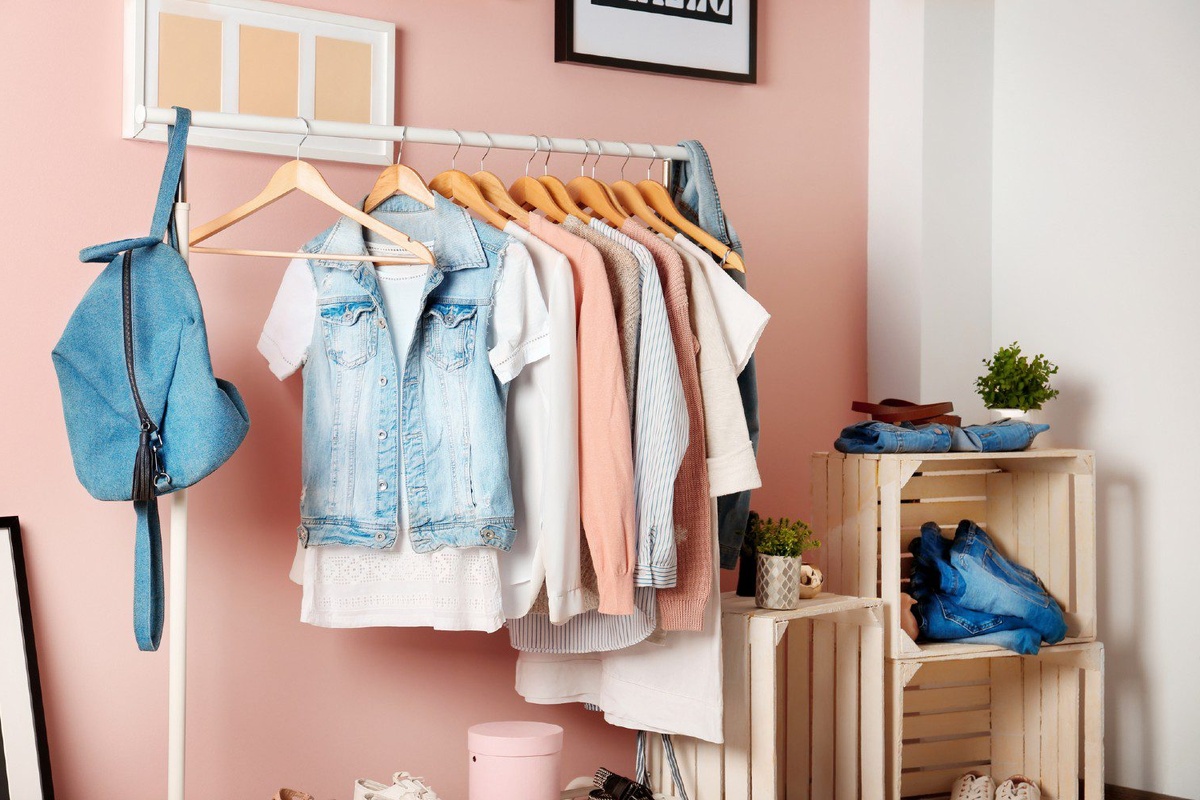
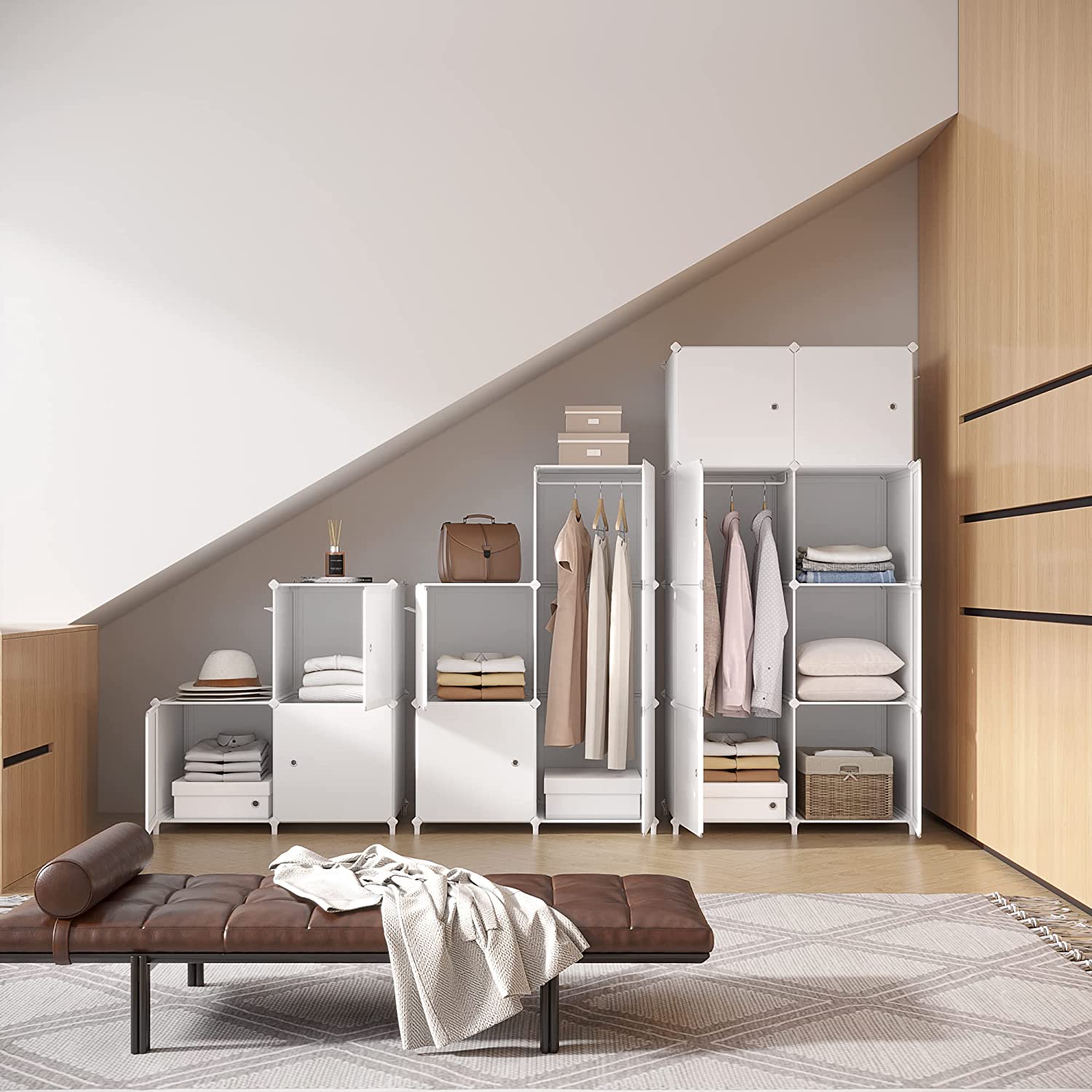
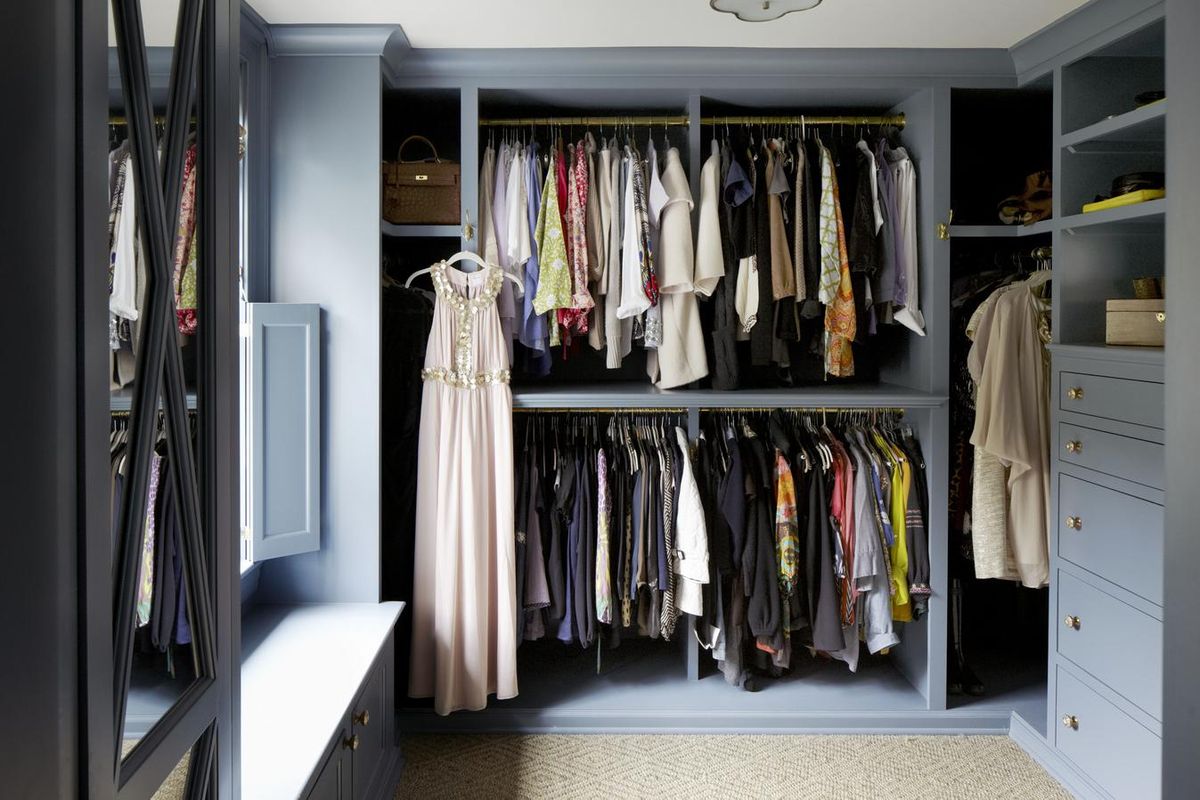
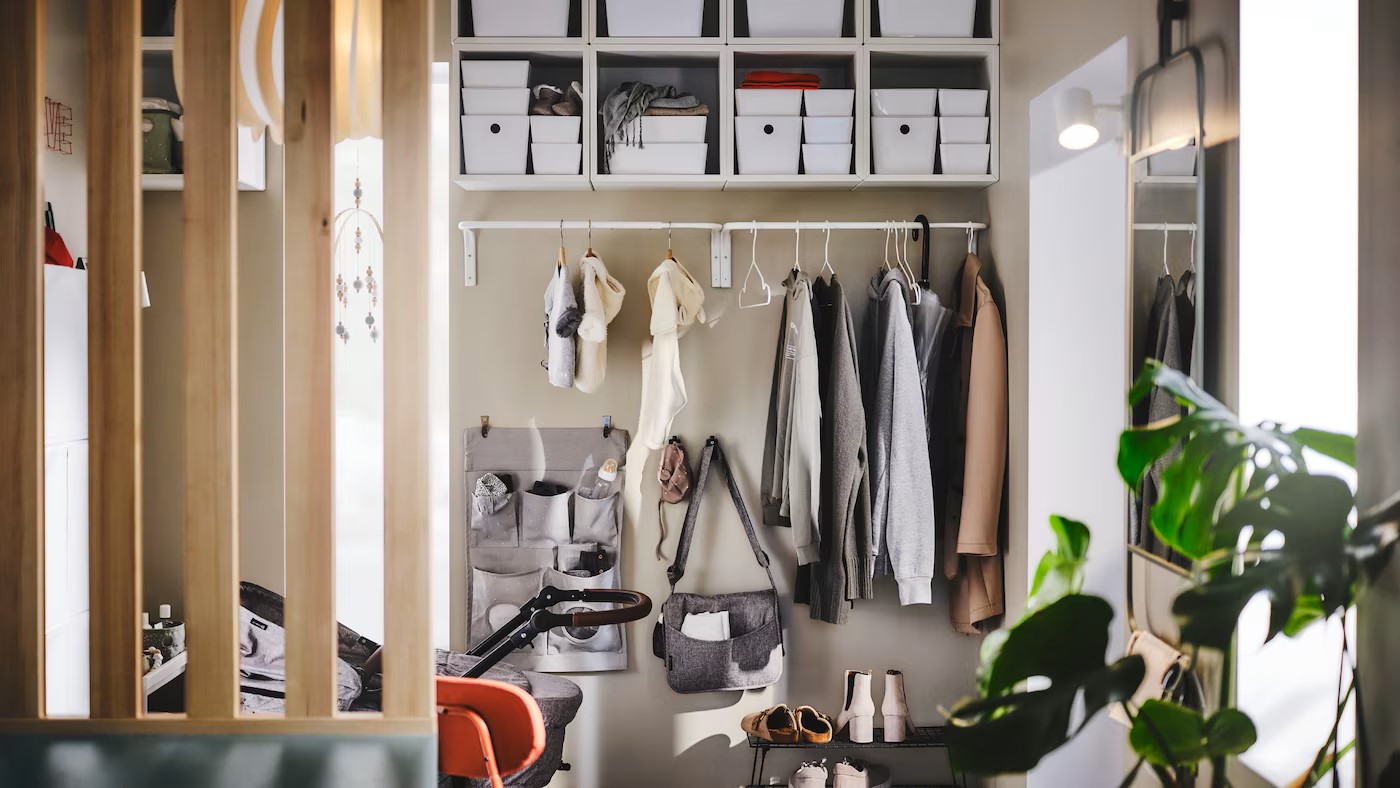
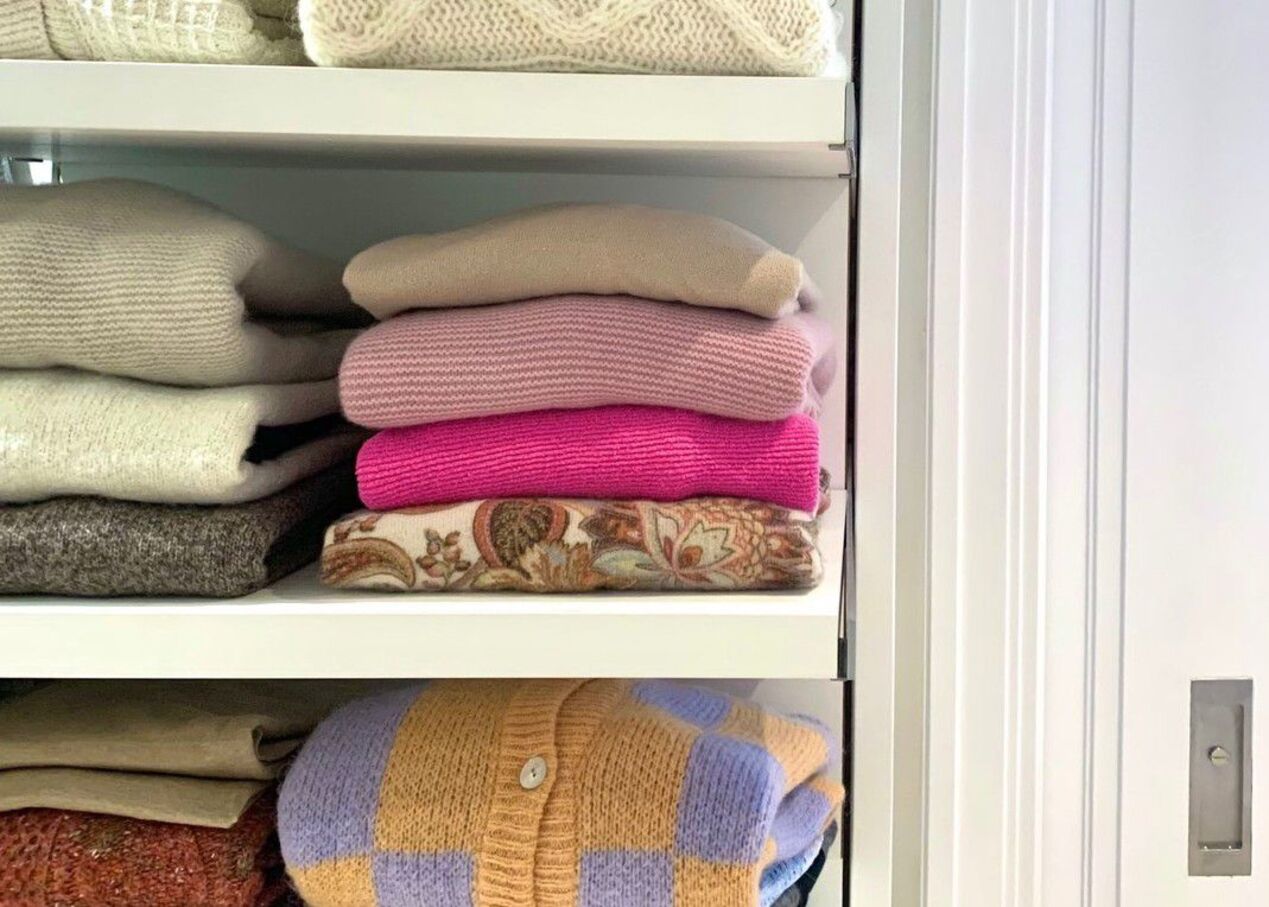
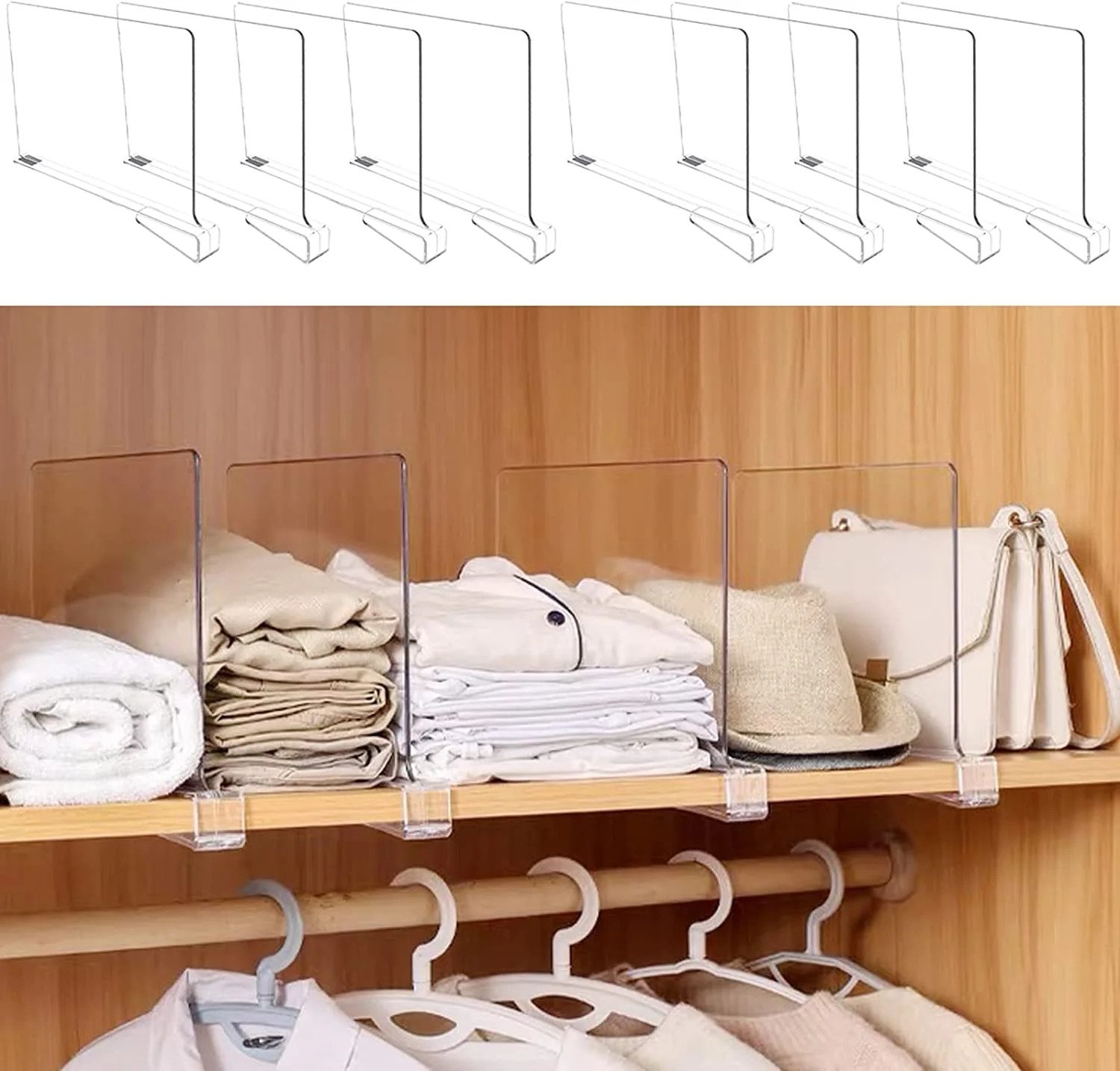
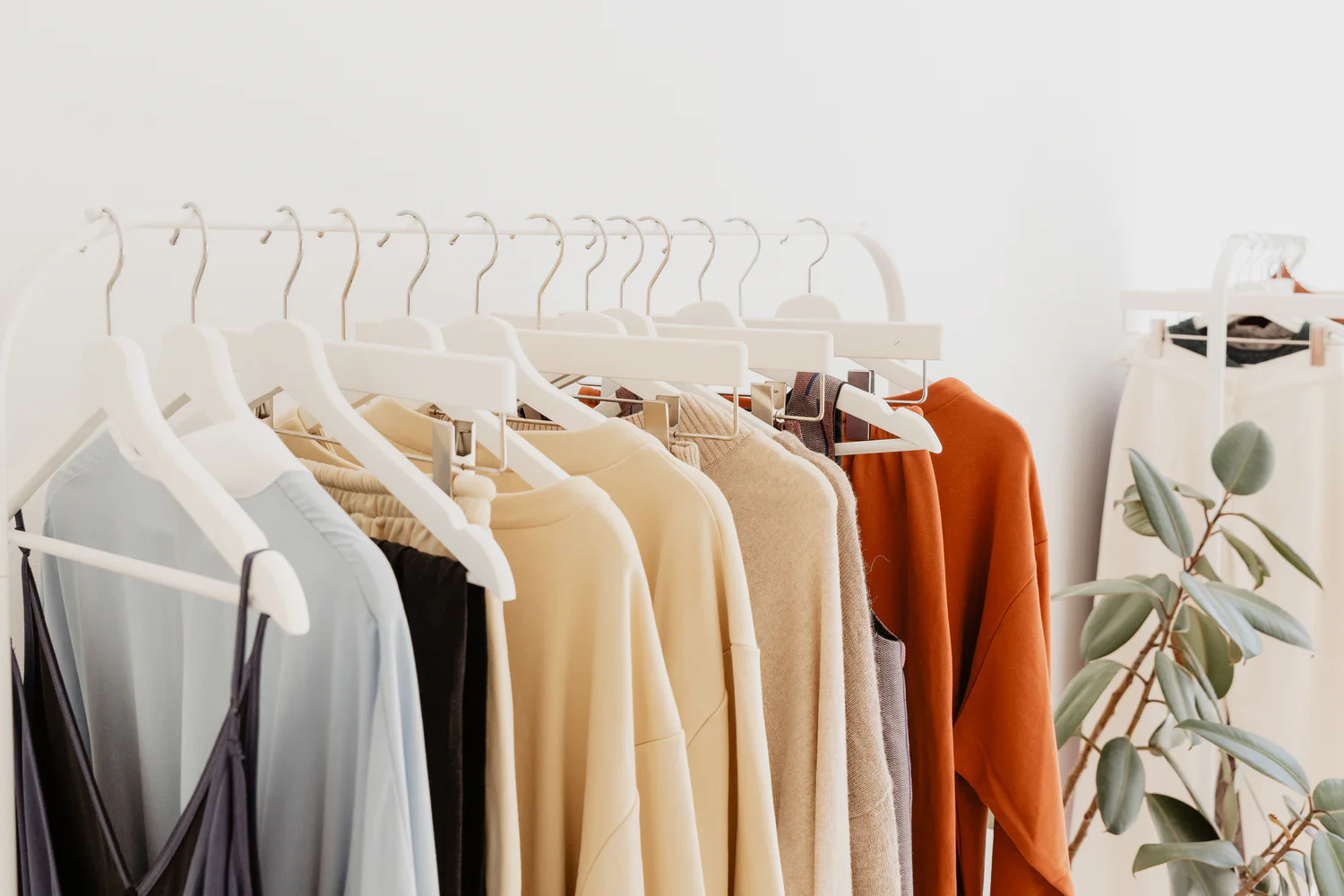
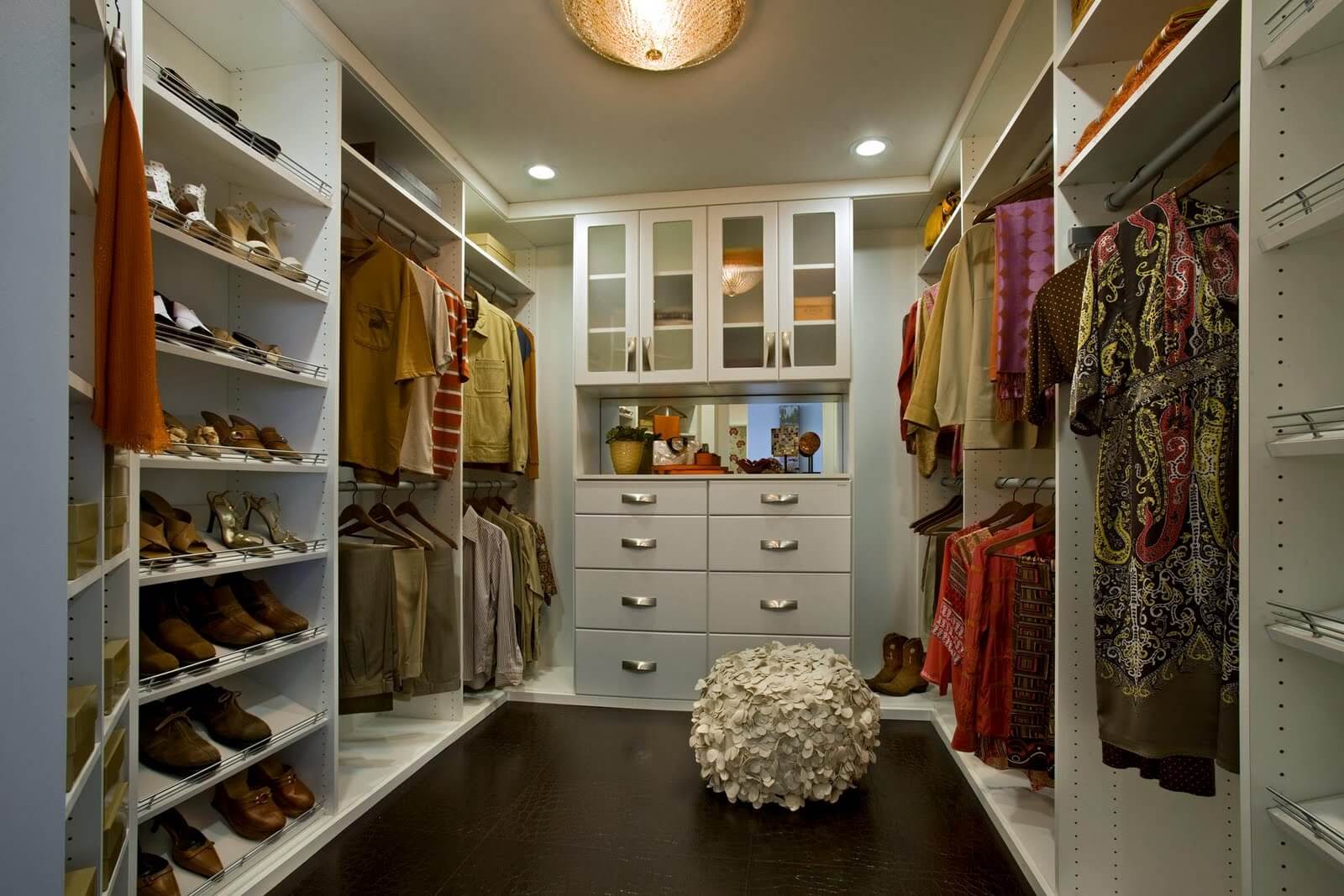
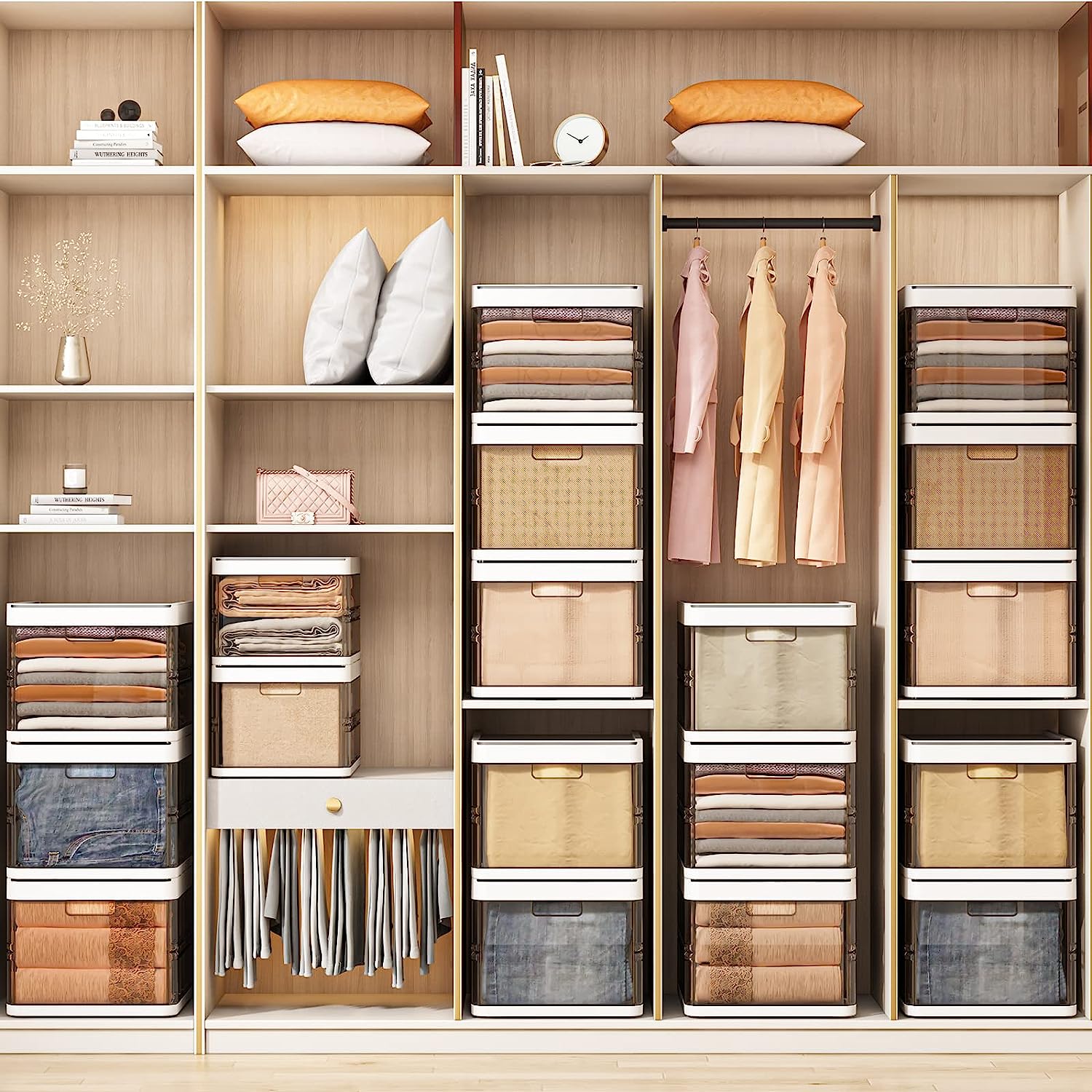
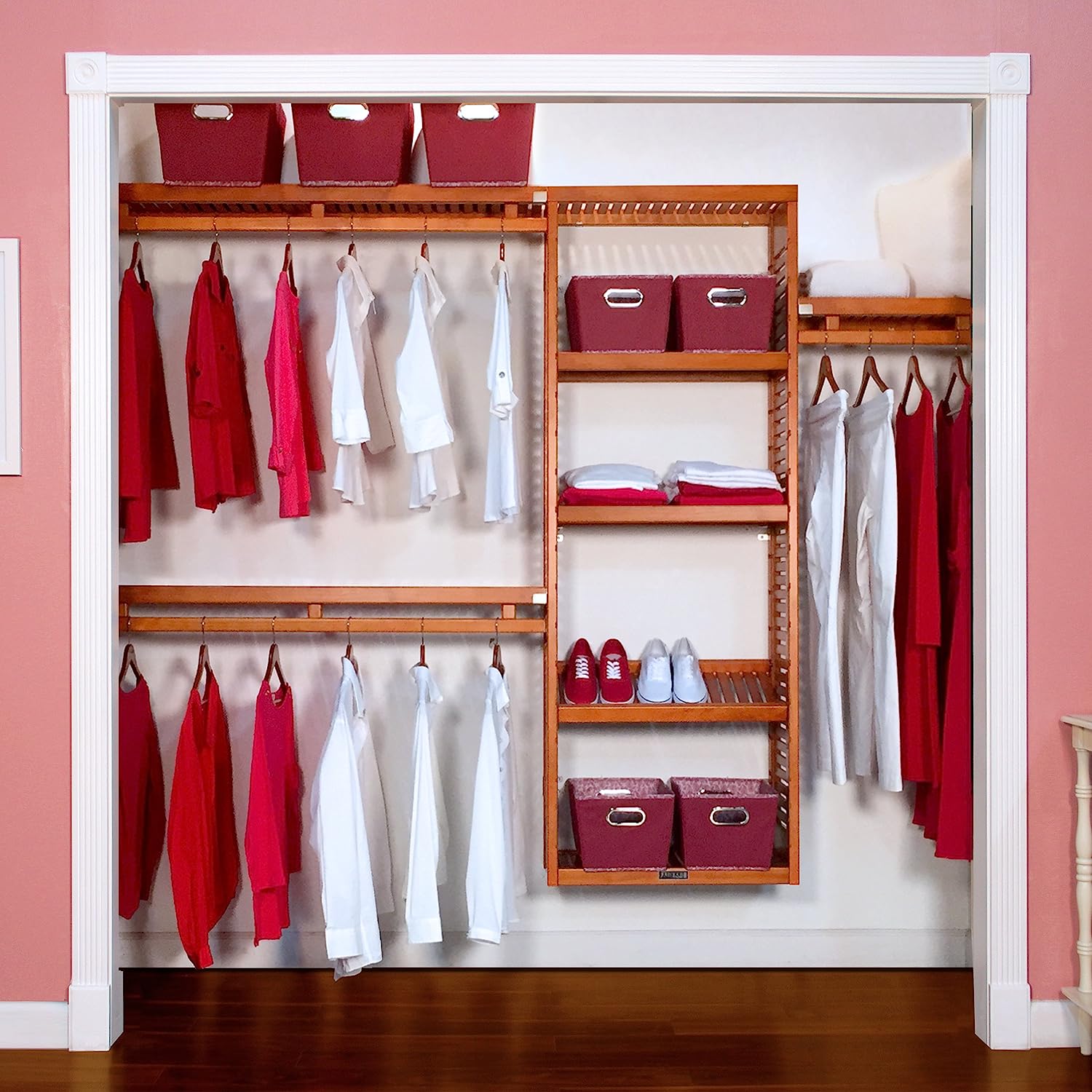
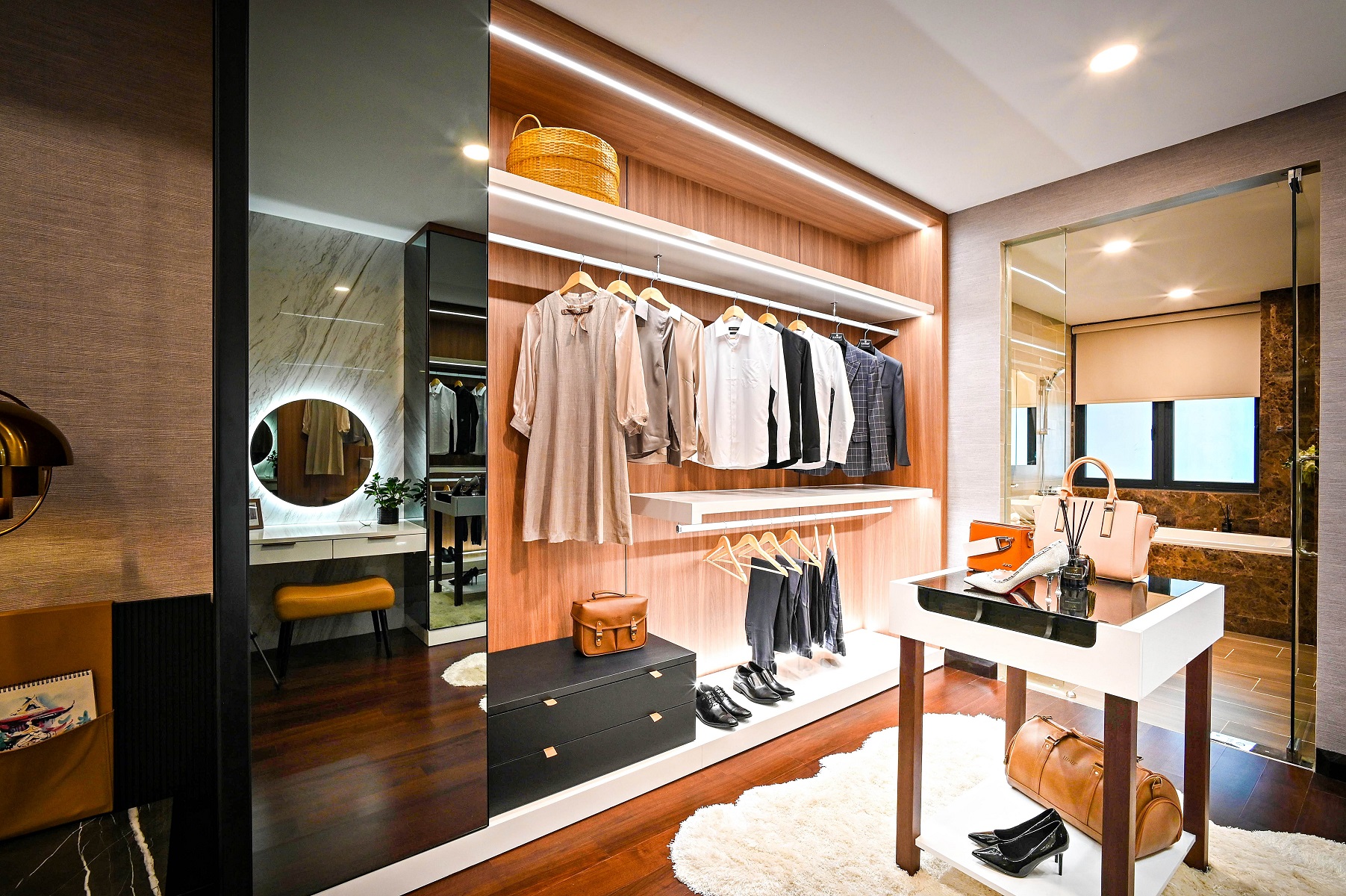
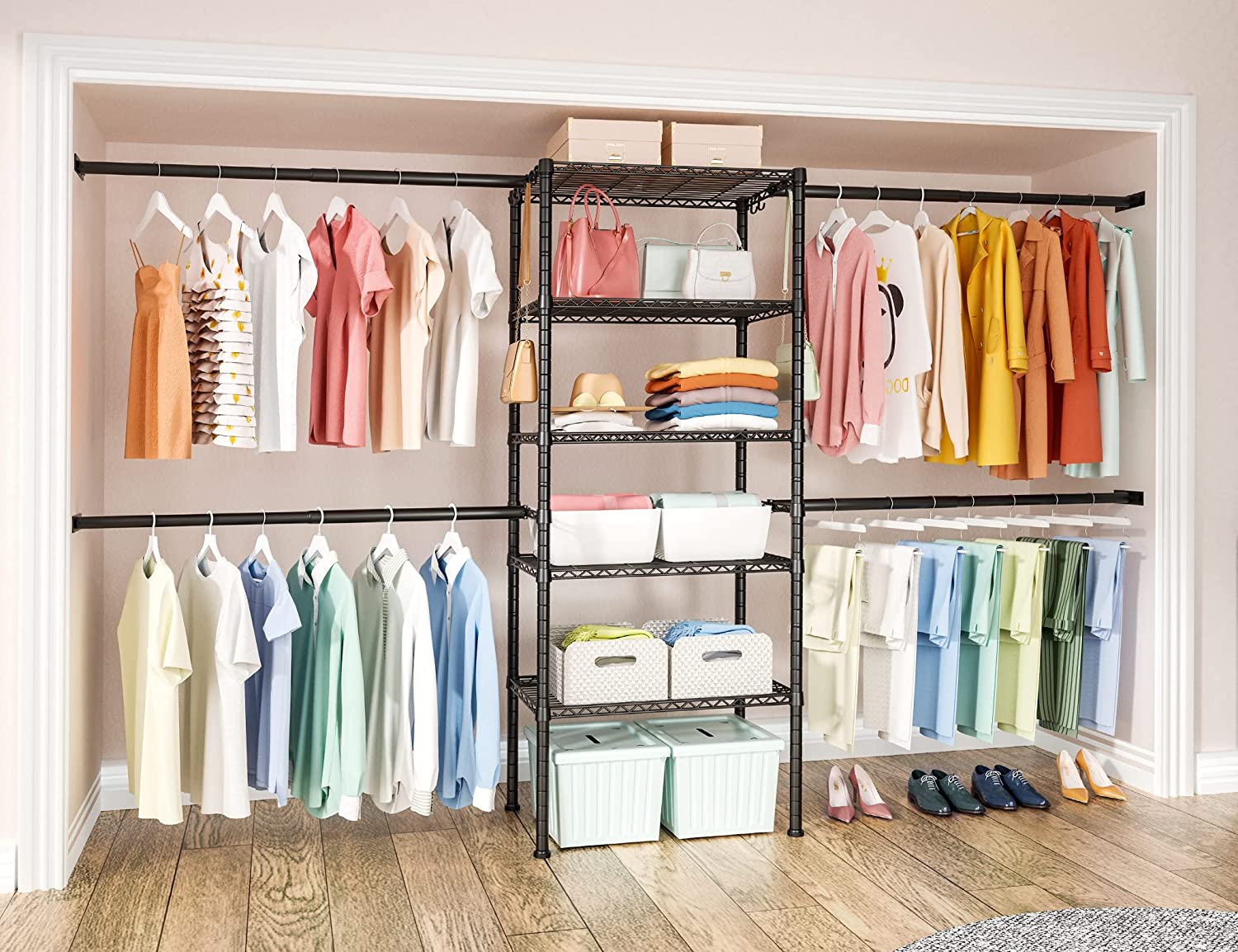
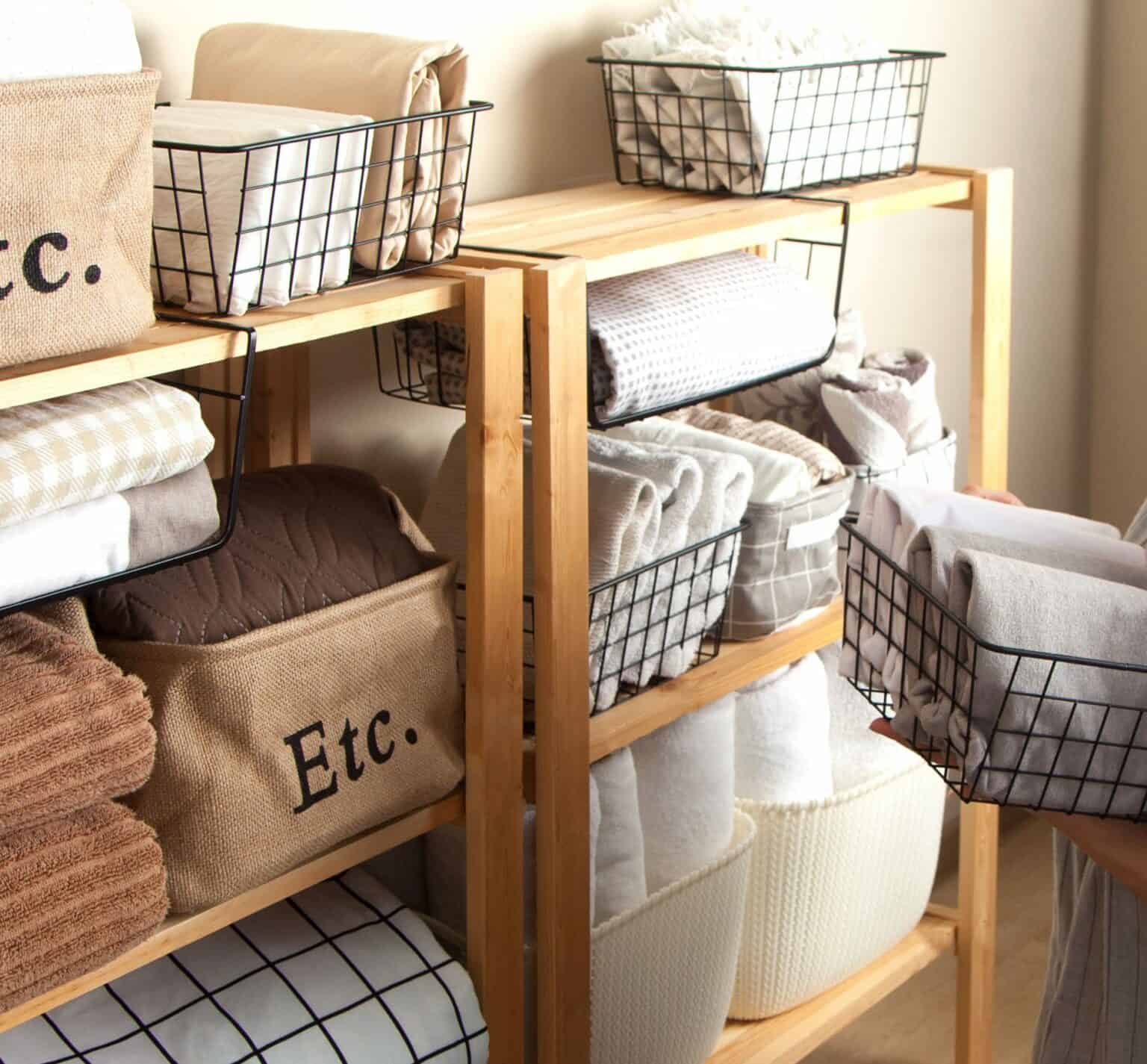
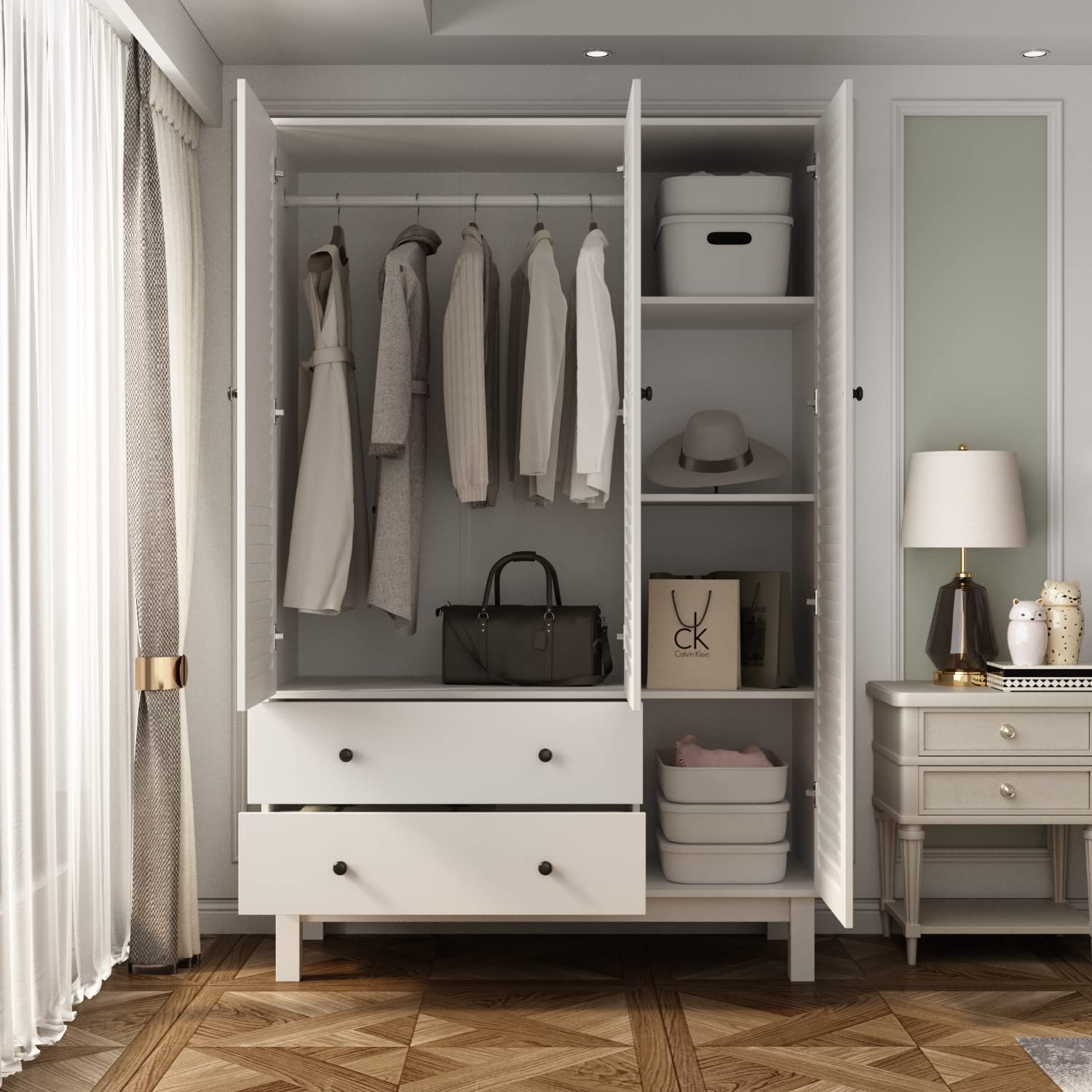
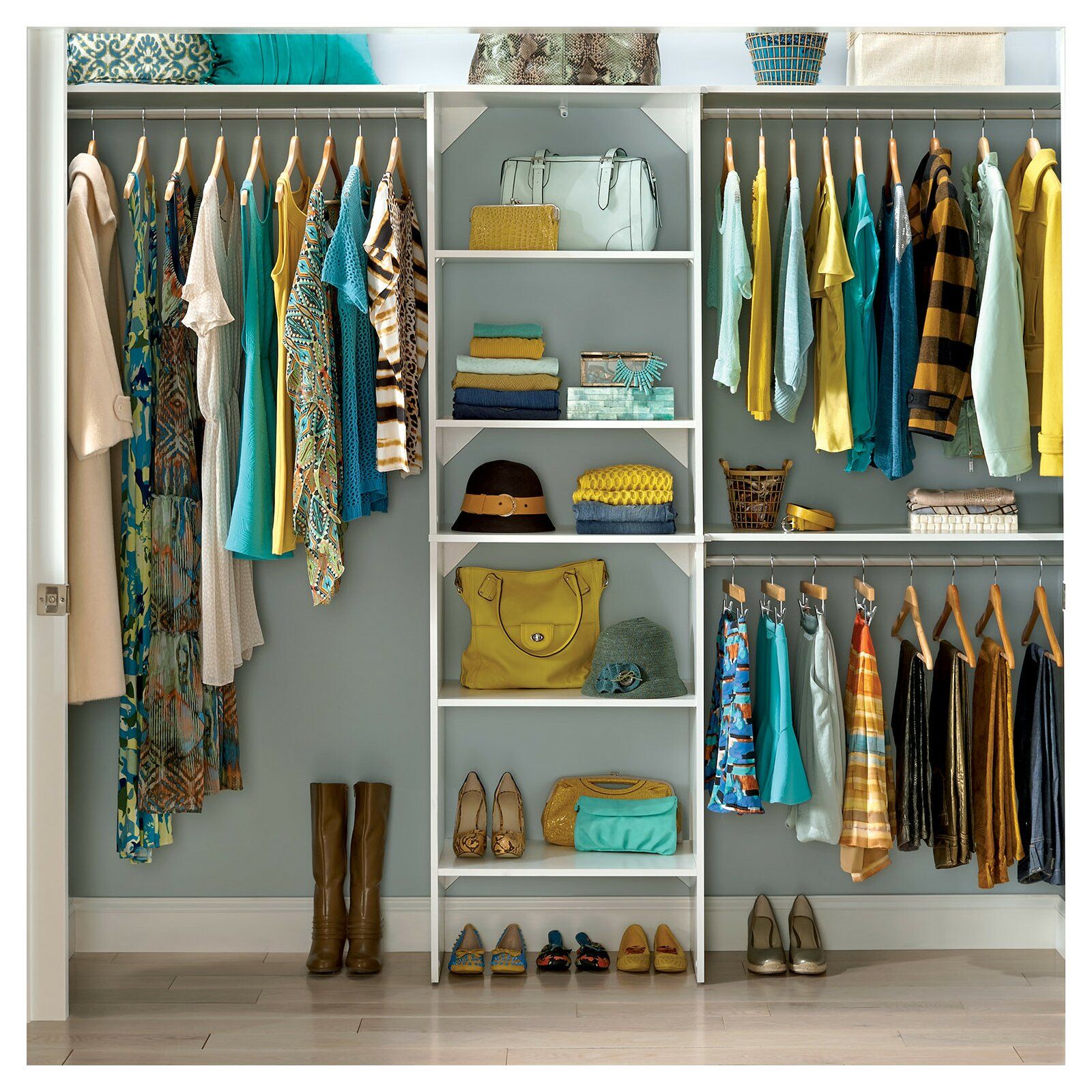

0 thoughts on “How To Organize Clothes Without Closet”